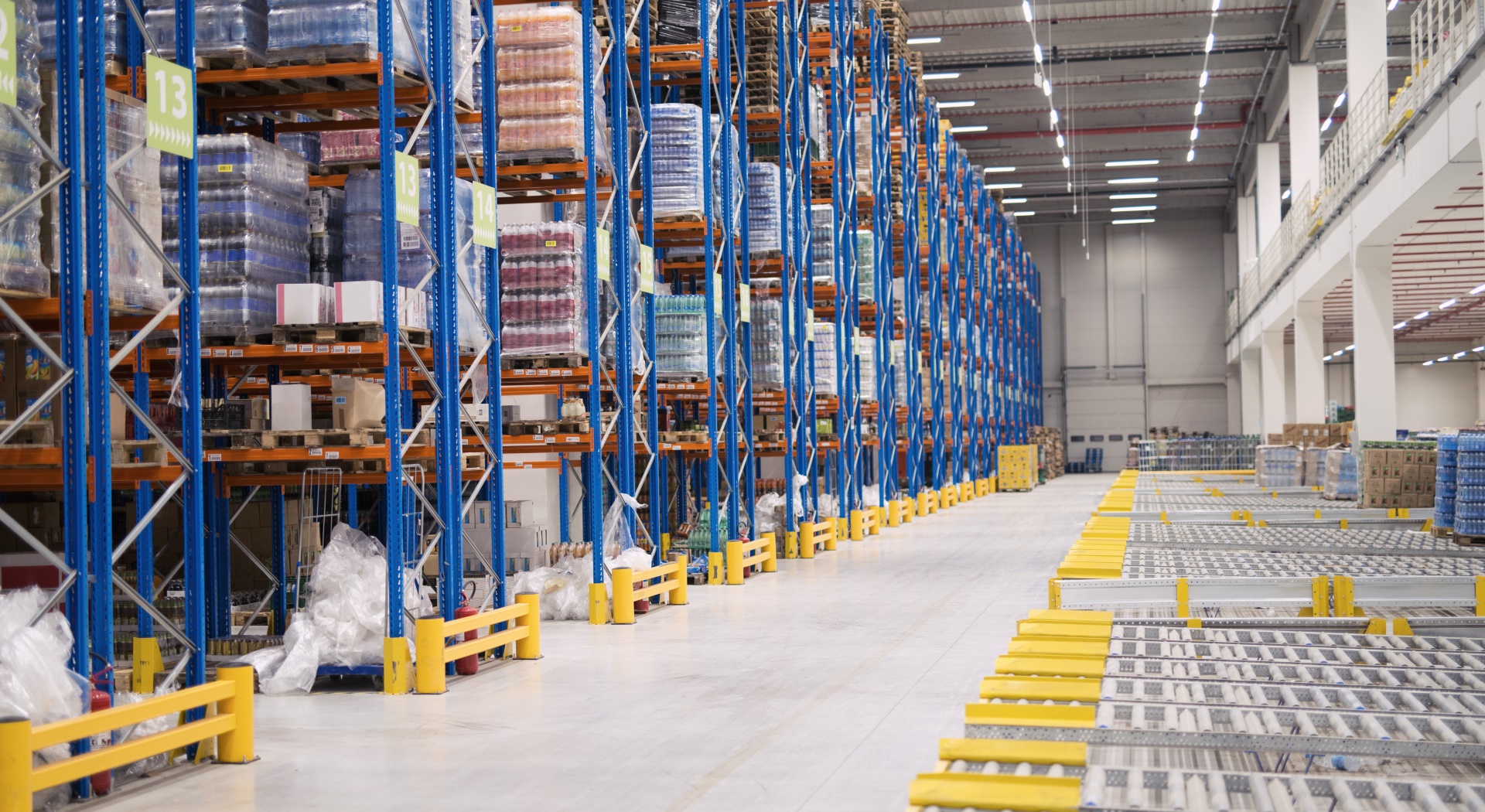Sustainability in Cold Storage Practices:
Reducing energy consumption:
The energy-intensive nature of cold storage operations is a significant consideration for environmental impact. Advancements in sustainable practices, such as the use of energy-efficient refrigeration systems and innovative insulation materials, contribute to minimizing the carbon footprint of cold storage facilities.
Promoting circular economy:
Cold storage can play a pivotal role in promoting a circular economy by implementing recycling initiatives and sustainable waste management practices. Utilizing by-products for energy generation or repurposing waste materials helps in creating a more sustainable and eco-friendly cold storage ecosystem.
Technological Innovations in Cold Storage:
Smart monitoring systems: Integration of advanced technologies like IoT (Internet of Things) enables real-time monitoring of temperature, humidity, and other crucial parameters in cold storage. This not only ensures optimal conditions but also allows for immediate response in case of any deviations, enhancing the overall efficiency of the cold storage network.
Automation and robotics: Cold storage facilities are increasingly incorporating automation and robotics for tasks such as inventory management, order picking, and packing. This not only improves efficiency but also reduces the risk of human error, enhancing the safety and reliability of the entire cold storage process.
Cold Chain Logistics and its Impact:
Integrated cold chain networks: Cold storage is an integral part of the broader cold chain logistics system, which includes transportation and distribution. Understanding the synergy between cold storage and the entire cold chain is crucial for optimizing logistics, ensuring seamless connectivity, and minimizing disruptions in the supply chain.
Data-driven decision-making: The use of data analytics in cold chain logistics enhances decision-making processes, providing insights into demand forecasting, inventory management, and route optimization. This data-driven approach contributes to the overall efficiency and reliability of cold storage operations.
Training and Skill Development:
Maintaining industry standards:
Cold storage personnel require specialized skills to operate and manage these facilities effectively. Establishing training programs and continuous skill development ensures that employees stay abreast of the latest technologies, safety protocols, and industry best practices.
Emergency response training:Given the critical role cold storage plays in preserving perishable goods, training personnel in emergency response procedures is essential. This includes protocols for power outages, equipment failures, and other unforeseen events to minimize the risk of spoilage and maintain product integrity.
Regulatory Compliance and Global Standards:
Harmonizing international regulations: As the global food & beverage industry becomes increasingly interconnected, efforts to harmonize international regulations and standards for cold storage are crucial. This ensures consistency in safety measures, facilitating smoother cross-border trade and promoting global food security.
Continuous improvement: Cold storage facilities need to adopt a proactive approach in adapting to evolving regulations. Regular audits, compliance checks, and continuous improvement initiatives contribute to maintaining the highest standards in food safety and storage practices.
Summing it up:
In conclusion, the role of cold storage in the food & beverage industry extends beyond mere preservation; it encompasses sustainability, technological advancements, logistics optimization, skill development, and regulatory compliance. As the industry progresses, embracing these aspects will not only bolster the efficiency of cold storage but also contribute to a more resilient and sustainable food supply chain, meeting the challenges of a dynamic and interconnected global marketplace.


